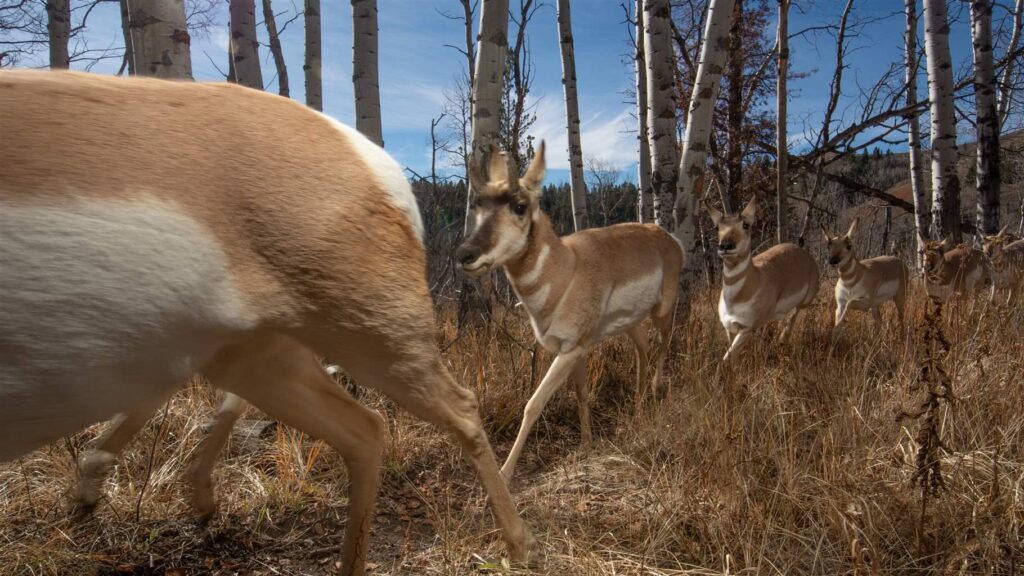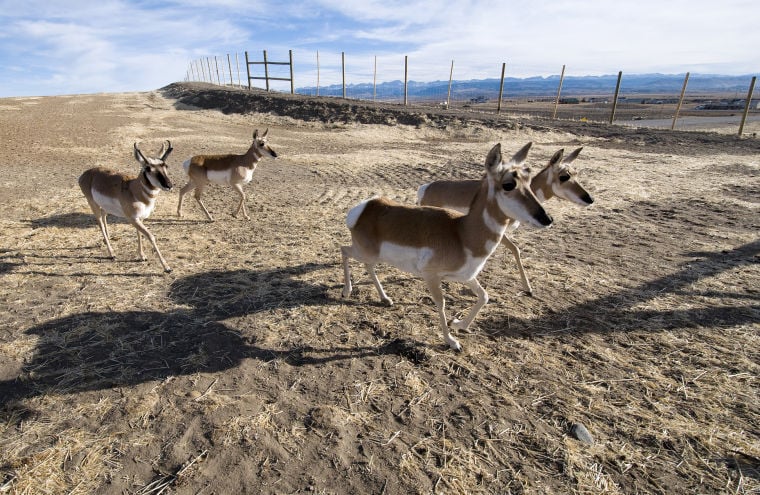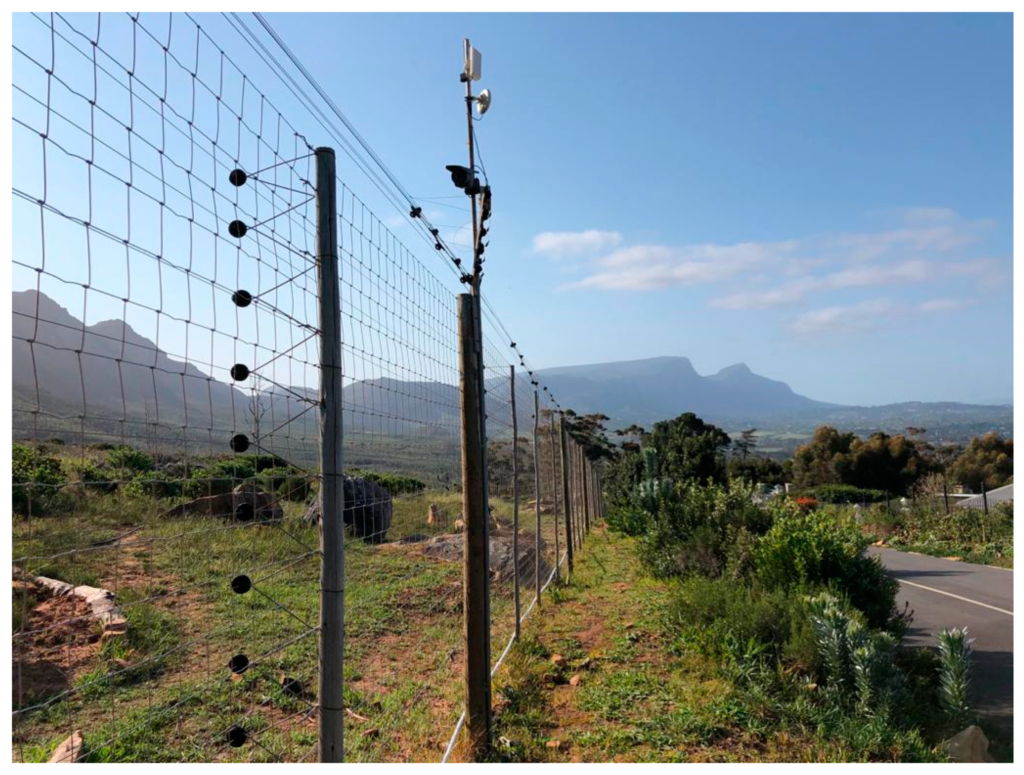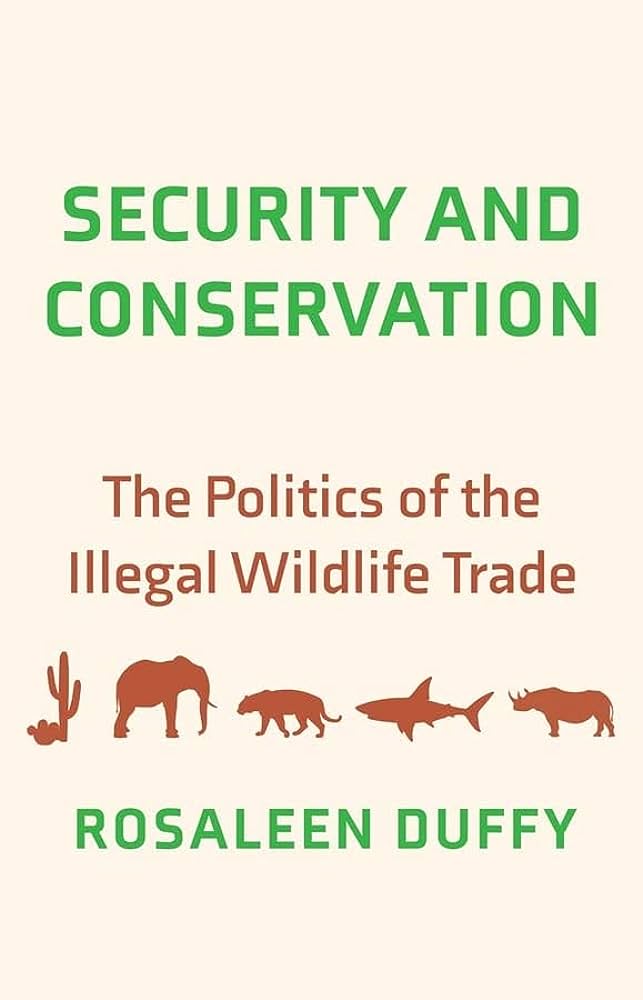Looking to expand your knowledge about fences? Look no further than the blog “fencedude.com” which aims to provide comprehensive and engaging content about different types of fences. Covering topics such as materials, sizes, shapes, and suitability for specific needs, this blog offers practical advice and valuable insights to help readers make informed decisions when selecting and installing fences. With a diverse range of posts, you’ll find everything from the benefits of wooden fences to the considerations of choosing the appropriate size and shape. Become an expert on all things related to fences and enhance your understanding of the delicate balance between security and conservation.
Fences and Wildlife: Balancing Security and Conservation
The Importance of Wildlife Conservation
Wildlife conservation is crucial for maintaining biodiversity and the balance of ecosystems. It involves protecting and preserving various animal species and their natural habitats. By conserving wildlife, we not only ensure the survival of different species but also promote the health and stability of ecosystems, which ultimately benefits humans as well. Wildlife conservation helps maintain the ecological services provided by animals, such as pollinating plants, controlling pests, and maintaining the overall health of ecosystems.
The Role of Fences in Wildlife Conservation
Fences play a significant role in wildlife conservation by providing boundaries and enclosures to protect wildlife from harmful interactions with humans. They help prevent human-wildlife conflicts, which can occur when animals venture into human-populated areas, resulting in damage to property or harm to both humans and animals. Fences also serve as barriers to ensure the safety and protection of wildlife within designated areas, such as national parks and protected wildlife habitats.

Benefits and Challenges of Fences for Wildlife
Fences offer several benefits for wildlife conservation. They protect wildlife from harmful interactions with humans, such as road accidents, predation, and hunting. Fences also help maintain species diversity and populations by creating suitable habitats and preventing overexploitation. Additionally, they prevent wildlife from entering hazardous areas, such as highways, agricultural fields with pesticides, or urban spaces with potential dangers.
However, fences can also pose challenges for wildlife. One significant challenge is fragmentation and isolation. When fences divide habitats, they can disrupt wildlife movement, gene flow, and access to resources, leading to a decline in genetic diversity and population size. Isolated populations may also face difficulties in finding mates, increasing the risk of inbreeding and reduced adaptability to environmental changes.
Types of Fences and Their Impact on Wildlife
Different types of fences have varying impacts on wildlife. Wire fences, such as barbed wire, woven wire, and electric fences, can restrict movement and pose injury risks for animals. Wooden fences, such as picket fences, privacy fences, and split rail fences, may create visual barriers but still allow some wildlife movement. Netting and mesh fences, like chain link fences and deer fences, can hinder larger wildlife species but offer less obstruction to smaller animals. Metal fences, such as ornamental iron fences and steel fences, can provide both security and aesthetic appeal. Vinyl fences, including PVC fences and vinyl-coated chain link fences, are durable and low-maintenance options that may limit wildlife visibility and movement.

Designing Wildlife-Friendly Fences
Designing wildlife-friendly fences involves consideration of several factors. Fence placement and alignment should take into account wildlife movement patterns and migration routes to minimize disruption. Fence height and design should allow wildlife to pass over, under, or through the fence, using wildlife passages or underpass structures. Selecting fence materials that reduce the risk of injury, such as smooth wires or panels without sharp edges, is crucial. The visibility of fences can also be enhanced by adding reflectors or conspicuous materials to reduce wildlife collisions.
Mitigation Measures for Wildlife and Fences
To mitigate the negative impacts of fences on wildlife, various measures can be implemented. Adding visibility markers and reflectors can make fences more noticeable to animals, reducing the likelihood of collisions. Applying conspicuous materials, such as colored flags or streamers, can also enhance fence visibility. Implementing top-rail enhancements, such as horizontal elements or brush covers, can aid wildlife awareness and provide escape opportunities if necessary.

Case Studies: Successful Wildlife-Friendly Fencing Projects
Several successful wildlife-friendly fencing projects have demonstrated the effectiveness of incorporating wildlife conservation measures into fence design and implementation. For example, wildlife corridors, designed with fence modifications and crossings, have allowed safe movement for large mammals and other wildlife between fragmented habitats. National parks and protected areas have also implemented wildlife-friendly fencing to protect valuable wildlife populations while minimizing negative impacts.
Collaboration between Conservation Organizations and Fence Installers
Collaboration between conservation organizations and fence installers is essential to ensure the successful implementation of wildlife-friendly fencing projects. Partnerships and joint efforts can facilitate the exchange of expertise, resources, and funding, enabling the development and implementation of effective conservation strategies. Training programs and guidelines for fence installers can help raise awareness about wildlife-friendly practices and ensure that fences are designed and installed with consideration for wildlife preservation.

Public Awareness and Education about Wildlife-Friendly Fencing
Public awareness and education play a key role in promoting wildlife-friendly fencing practices. Outreach campaigns can educate property owners, developers, and the general public about the importance of considering wildlife conservation in fence design and installation. Educational materials and resources, such as brochures, videos, and online platforms, can provide guidance on wildlife-friendly fence options, mitigation measures, and the benefits of conserving wildlife habitats.
Future Trends in Fencing and Wildlife Conservation
Advancements in technology are expected to play a significant role in fencing and wildlife conservation. Innovations in wildlife detection and monitoring systems can enhance fence effectiveness by providing real-time data on wildlife movement and behavior. This information can help inform fence design, placement, and adaptive management strategies. Additionally, there is a growing emphasis on developing innovative fence designs specifically tailored to promote wildlife passage while maintaining security and functionality.
10 Commonly Asked Questions about Fences
-
What is the purpose of wildlife-friendly fences?
- Wildlife-friendly fences serve the purpose of protecting wildlife from harmful interactions with humans, preventing conflicts, and maintaining species diversity and populations.
-
How do fences impact wildlife?
- Fences can impact wildlife by restricting movement, dividing habitats, and reducing access to resources. However, wildlife-friendly fence design and mitigation measures can minimize these negative impacts.
-
What are some wildlife-friendly fence materials?
- Wildlife-friendly fence materials include smooth wires, panels without sharp edges, and vinyl-coated chain link fences. These materials reduce the risk of injury and allow wildlife visibility and movement.
-
Can fences be modified to allow wildlife passage?
- Yes, fences can be modified to allow wildlife passage through the use of wildlife passages, underpass structures, and enhancements like brush covers and horizontal elements.
-
How can fence collisions with wildlife be avoided?
- Fence collisions with wildlife can be avoided by adding visibility markers, reflectors, and conspicuous materials to make fences more noticeable. These measures reduce the likelihood of collisions.
-
What are successful examples of wildlife-friendly fencing projects?
- Successful wildlife-friendly fencing projects include the design and implementation of wildlife corridors and the use of wildlife-friendly fencing in national parks and protected areas.
-
Why is collaboration between conservation organizations and fence installers important?
- Collaboration between conservation organizations and fence installers is vital to ensure the implementation of effective wildlife-friendly fencing practices. It allows for the exchange of expertise and resources to achieve conservation goals.
-
How can public awareness contribute to wildlife-friendly fencing?
- Public awareness can contribute to wildlife-friendly fencing by educating property owners, developers, and the public about the importance of wildlife conservation and the need for wildlife-friendly fence design and installation.
-
What is the role of technology in future fencing and wildlife conservation?
- Advancements in technology can provide real-time data on wildlife movement and behavior, helping inform fence design and placement. It can also lead to the development of innovative fence designs that promote wildlife passage.
-
How can I find more information about wildlife-friendly fencing?
- There are various educational materials and resources available, including brochures, videos, and online platforms, that provide guidance on wildlife-friendly fence options, mitigation measures, and the benefits of wildlife conservation.

